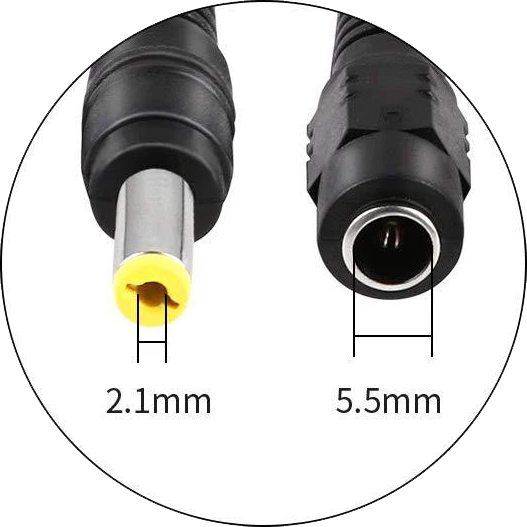

However, state-of-the-art magnetic e-skins can only sense in one or two dimensions at small spatial resolutions, which constrains their application in the detection of the 3D magnetic vector field. By incorporating magnetic nanocomposite cilia into elastic artificial skins, external mechanical stimuli can be transduced with high sensitivity through the detection of the change of magnetic stray fields 13. Recently, various thin-film magnetic sensors such as planar Hall sensors 9, giant magnetoresistance (GMR) 10 and AMR sensors 11, 12 have been integrated into e-skins to retool them with a magnetic sense for remote perception of magnetic objects and their motions. These sensors can perceive temperature 3, humidity 4, illumination 5 and tactile stimuli such as pressure 6, strain 7 and shear forces 8. Integrating high-density sensors into active matrix circuits is a vital research field that will enable future artificial e-skins with various receptors needed in emerging robotics, prosthetics and health monitoring devices 1, 2. We demonstrate a versatile approach for the fabrication of active matrix integrated 3D sensor arrays using micro-origami and pave the way for new electronic devices relying on the autonomous rearrangement of functional elements in space. Integrating the 3D magnetic sensors into an e-skin with embedded magnetic hairs enables real-time multidirectional tactile perception. The 3D magnetic sensor is composed of an array of self-assembled micro-origami cubic architectures with biased anisotropic magnetoresistance (AMR) sensors manufactured in a wafer-scale process.

Here, we report an approach to fabricate high-density integrated active matrix magnetic sensor with three-dimensional (3D) magnetic vector field sensing capability. However, the integration density of magnetic sensors is limited and the vector properties of the magnetic field cannot be fully explored since the sensors can only perceive field components in one or two dimensions. Recently, the magnetic sensing modality has been introduced to electronic skins (e-skins), enabling remote perception of moving objects. Optimize the sensor layout.Magnetic sensors are widely used in our daily life for assessing the position and orientation of objects. By combining results from all these studies it is possible to Testing prototypes in laboratory and testīeam facilities allows for the characterization of their response to differentĬonditions. Generic TCAD Device and Monte-Carlo simulations are used toĮstablish an understanding of the technology and provide important insight into The project comprises allĪspects of sensor development, from the electronics engineering and the sensorĭesign using simulations, to laboratory and test beam investigations of Telescope planes for the DESY-II Test Beam facility. Requirements, the Tangerine detector is suitable as well to be used as Requirements for a future lepton collider vertex detector. Strategic R&D Programme and is focused on the development of a monolithicĪctive pixel sensor with a time and spatial resolution compatible with the The Tangerine Project WP1 at DESY participates in the The same silicon wafer, providing a reduction in production effort, costs and In the fact that both sensor volume and readout electronics are integrated in
#Hansen electronics pixel tester pdf#
Download a PDF of the paper titled Developing a Monolithic Silicon Sensor in a 65 nm CMOS Imaging Technology for Future Lepton Collider Vertex Detectors, by Adriana Simancas and 23 other authors Download PDF Abstract: Monolithic CMOS sensors in a 65 nm imaging technology are being investigatedīy the CERN EP Strategic R&D Programme on Technologies for Future Experimentsįor an application in particle physics.


 0 kommentar(er)
0 kommentar(er)
